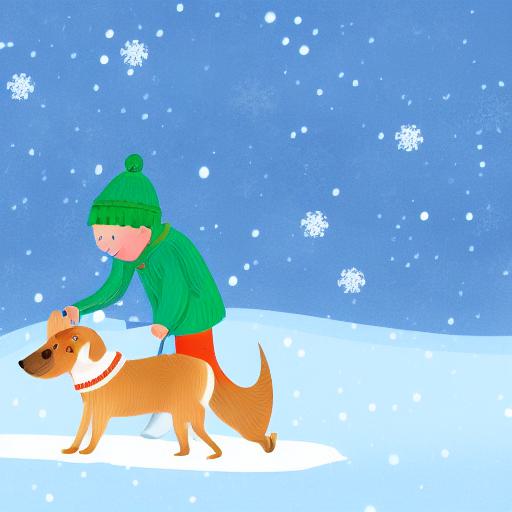Style of Children’s book illustration
Illustrators have different styles of drawing that they use to create illustrations for children’s books. Some illustrators use watercolor or pencil while others use digital tools to create their illustrations. Composition is important in children’s book illustration. The placement of characters, objects, and backgrounds can affect the overall mood and tone of the story.
Character design
The characters in a children’s book need to be visually appealing and relatable to the audience. Illustrators need to consider things like facial expressions, body language, and clothing to create characters that children will connect with.
Color can play a big role in children’s book illustration. Bright and bold colors can be used to capture a child’s attention, while softer colors can create a more soothing atmosphere.
Typography
The typography used in a children’s book is also important. The font should be easy to read and appropriate for the age range of the intended audience. Illustrators often work closely with authors, editors, and publishers to create the perfect illustrations for a children’s book. Effective communication and collaboration are essential for creating a successful book.
Illustrations should convey emotions that complement the story. The illustrator should be able to use expressions, gestures, and colors that communicate emotions like happiness, sadness, anger, or excitement. Illustrations are an essential part of storytelling in children’s books. Illustrators should be able to tell a story visually, using their illustrations to convey key plot points and character development.
What are the benefits of AI-generated art?
Creating art through the use of artificial intelligence algorithms is known as AI-generated art. This innovative approach to art offers numerous benefits, including the ability to create images rapidly and effectively, as well as the opportunity to experiment with a variety of styles and techniques. This can be advantageous for designers seeking to produce customized and unique designs that meet specific criteria. Furthermore, AI-generated art can promote inclusivity by expanding the range of creative possibilities and enabling artists from different backgrounds to produce artwork that represents their experiences and perspectives. By utilizing tools such as Visual Paradigm Online, designers can easily incorporate AI-generated art into their projects, streamlining the process even further.
How can I write this prompt?
To write an AI image prompt, you need to carefully consider the various elements that will make up the image. In the example given, the prompt is focused on a “boy with a dog in the snow” and is intended to be used as a storybook illustration. Additionally, the prompt highlights that this illustration was the winner of a contest held by Shutterstock and was created by artist Emma Andijewska.
The prompt also includes several keywords such as “furry art,” “kids book illustration,” and “children’s book illustration” that provide further context and direction for the AI image generator. These keywords help to narrow down the type of image being generated and give the algorithm a clearer idea of what the desired outcome should be.
Each individual part of the prompt plays a role in influencing the image being generated. The reference to a “boy with a dog” sets the scene and establishes the characters that will be included in the image. The mention of “snow” adds a seasonal element to the image and provides further visual context. Additionally, the reference to “storybook illustration” suggests that the image should have a narrative quality that will capture the attention of young readers.
Overall, a well-crafted AI image prompt needs to be specific enough to guide the algorithm towards the desired outcome, while still leaving room for creative interpretation. The prompt should include key details that set the scene, establish the characters, and suggest the mood and tone of the image. By carefully selecting each individual part of the prompt, you can influence the AI algorithm to generate an image that meets your specific needs and requirements.


